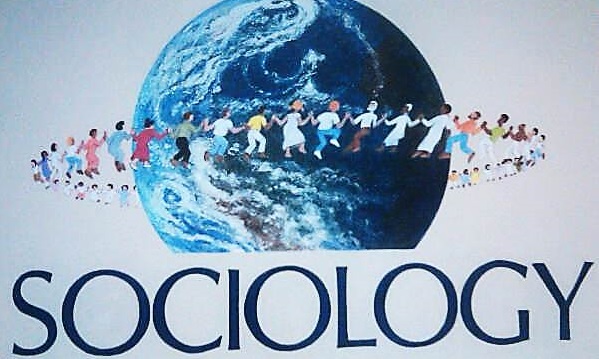RISK AND HAZARD
The jobs- are up at the forefront of technology, are seen from a lucrative gaze, but like they say- everything has two sides.
RISK AND HAZARD
The jobs- are up at the forefront of technology, are seen from a lucrative gaze, but like they say- everything has two sides.
Human migration is the movement by the people from one place to another with the intentions of settling permanently or temporarily in a new location. It has many dimensions associated with it i.e. social political economic, cultural etc. which affect migrant's life. Migration can be Voluntary or Involuntary but in both the cases, people have to undergo transformations which affect their culture and changes them. MSA RAO in his work “ Some aspects of sociology of migration” has beautifully addressed the socio - cultural and economic dynamics of a migrant's life. And to illustrate it with suitable case study, we will be referring to the work “Migration and adaptation” by ANAND INBANATHAN.
David Harvey, who is a leading theorist in the field of urban studies , in his work “THE URBAN EXPERIENCE” studied the forces that frame the urban process and the urban experience under capitalism, emphasizing on the themes of money, space and time; as they help in attaining clarity and frame the reference within which urbanisation proceeds. These themes i.e. money, space , and time may initially appear abstract. However, they are embedded in a social process that creates abstract forces that have concrete and personal effects in daily life.
Immanuel castells , in his seminal work Cultural Identity, “Sexual Liberation and Urban Structure: THE GAY COMMUNITY IN SAN FRANCISCO”, published in 1983, shows how gay movement led to the reconstruction of urban spaces in America. Plus how do city spaces provide terrain for social mobilization.
Louis wirth in his work "urbanism as a way of life" provides us insights into different parameters to define a city Viz. Density size and heterogeneity. Wirth published this piece in the American Journal of Sociology in 1938, as major transformations were occurring. More and more people were moving into cities and the world was rapidly urbanizing, and Wirth argued that urbanism, or the condition of living in a city, became the way of modern life and living in a city impacts our personalities and our very way of life; or living in a city changes the ways people behave and interact. This essay mainly focusses on the definition of city and its impacts on individuals (interaction and social relationships) The city and contemporary civilization:- Going into the history of cities, one realizes that cities evolved gradually over time , from just a meeting place (on certain occasions) to a developed place of residence. In that sense primitive societies were scattered and had no defined territory but cities have definite territories. So we can say that the growth of cities, flagged the beginning of modern civilization . The modern times are characterized by growth of the cities and urbanization.
overview
·
Study conducted at resettlement site in Mumbai
·
METHODOLOGY: Socio-anthropological research & Fieldwork
·
Experiences of urban dalit women affected by displacement
·
How ’Social Factors’- Caste n gender, play significant role
in cities. (caste, religion, identity and gender.)
·
Consequences of process of displacement and resettlement.
·
Emergence of complex spaces at cities periphery and new forms of
urban exclusion
· Role of NGO’s and Civic authorities.
One Dimensional Man is a work by Herbert Marcuse, German philosopher of the Frankfurt School (which also belonged Habermas, Horkheimer or Adorno). In “one dimensional man”, author offers a wide-ranging critique of both contemporary capitalism and the Communist society of the Soviet Union, documenting the parallel rise of new forms of social repression in both these societies. He argues that "advanced industrial society" created false needs, which integrated individuals into the existing system of production and consumption via mass media, advertising, industrial management, and contemporary modes of thought.
Talcott Parsons was born in December 13, 1902 in Colorado Springs, Colorado. He studied economics and later political economics. He became a lecturer at Harvard University and later the department of social relations chair and pioneered the combinations of sociology, anthropology and psychology in development of principles addressing social science.
Claude Levi Strauss was a French anthropologist who is highly popular for his methodology of structuralism. This methodology follows the notion that across all human thought and culture, there are universal structures that underlie all human actions and social life. A structuralists aim is to therefore study these structures. Therefore although different societies may appear to have apparent distinctions the underlying thought pattern is the same. Levi Strauss used linguistics to study the structures and hence was highly influenced by structural linguist Roman Jakobson who in turn was influenced by Ferdinand de Saussure.
This is my little attempt of lending a helping hand to all those who struggle to find content while writing answers in sociology. NOTE- TYPE...
